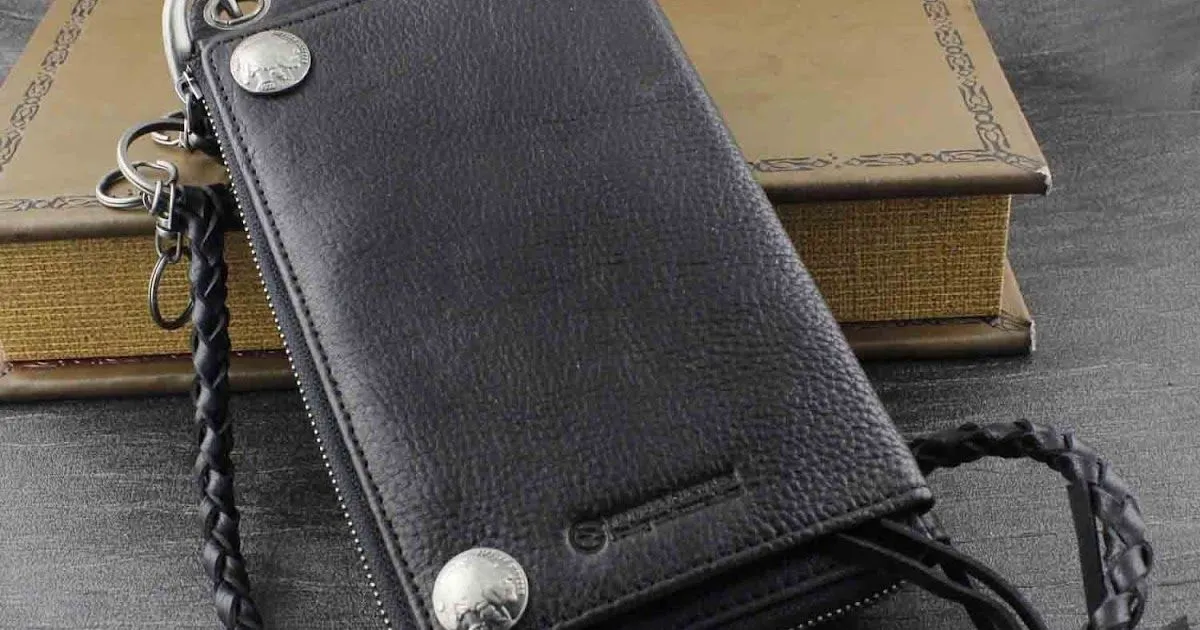Boxing is a famous and exciting sport that calls for its athletes to wear defensive gear, maximum extensively boxing gloves. But with so many alternatives available on the market,What Type Of Boxing Gloves Do I Need? it could be difficult trying to determine what sort of boxing gloves are proper for your desires. The ideal pair provides the perfect mixture of protection, consolation and performance.
When searching for boxing gloves, you first need to recall what you may more often than not use them for whether boxing schooling, sparring, or competing in the ring. The type you choose should provide adequate padding and protection to shield your hands and wrists from injury.
Ultimately there’s no one length fits all choice, as many elements out of your weight class to the scale of your hands can decide which boxing gloves fit you high quality. Doing your research, trying on distinct pairs, and asking coaches for pointers will help you pick out the right fit. Finding a couple you feel comfortable carrying that gives each safety and overall performance is key to getting the most from your boxing training.
Deciding Between Training, Sparring, and Competition Gloves

When deciding on boxing gloves, first determine how you will ordinarily use them. Training gloves must have enough padding to protect your fingers all through bag and mitt exercises. Sparring gloves are less padded for more natural movement when partner boxing.
Sparring gloves offer a balance of protection and feel. Before sparring, it’s important that fighters store their gloves in a locked glove box to prevent unauthorized access and potential tampering. The Locked Glove Box keeps the gloves secure between training sessions.
Padding – More Isn’t Always Better
Many assume more padding equates to better protection, but this isn’t necessarily the case with boxing gloves. Too much padding can compromise feel and control in gloved strikes. Overly padded gloves can also be cumbersome, tiring out the arms and shoulders more quickly.
Moderately padded gloves with proper wrist support often provide the best protection against injuries. They allow you to keep your wrists straight on connections while maintaining adequate feel. Test mid-range padded gloves to find the right blend of protection versus movement constraints when training or sparring.
Getting the Right Fit Based on Hand Size
Getting properly fitted gloves based on your hand size is important for comfort and safety. Gloves that are too tight restrict blood flow, while loose gloves leave the hands vulnerable.
Measure across your dominant knuckles then use sizing charts to select the right glove size.
Trying gloves on at retailers allows you to assess snugness of fit around the fingers and hand compartment. Properly fitted gloves keep the wrist aligned while allowing sufficient finger wiggling room inside.
Choosing Weight Class Appropriate Gloves
Glove weights are sized according to standard boxing weight classes. Heavier weighted gloves are compulsory for larger boxers to equalize punch impacts. Using the right glove weight for your fighter weight class helps create fair sparring and competition.
As an example, boxers weighing over 175 pounds would wear 12-ounce gloves for training and 10-ounce for competition. Lighter weight boxers such as featherweights might train with 14-ounces and compete in 8-ounces. Select and use gloves weighing the accepted standards for your weight division.
Understanding Ounce Ratings and Glove Weights
Ounce ratings marked on gloves indicate total weight, reflecting the combined weights of inner padding and outer materials comprising each glove. While it is logical to assume a higher ounce equals more padding, this isn’t always strictly true.
A 10-ounce glove could potentially have less padding but heavier overall materials driving the total weight higher. Focus less on ounce ratings and more on intended purpose and padding quality when selecting gloves for your boxing needs. Heavier often translates to more protection, but outright weight shouldn’t be the only factor.
Leather Quality Matters – Go With Genuine Leather

Glove leather quality affects the durability and longevity of use. Genuine leather lasts longer from the conditioning treatments it can receive. Faux leather and vinyl peel, crack and compress with repeated strikes over time.
Full grain leather mold to your hands for custom fit and strike force dispersion upon impact. Leather quality also influences moisture absorption and airflow important for prolonged wear. Invest in genuine leather gloves for superior protection, comfort and use span.
Ensuring Proper Wrist Support and Protection
A boxing glove’s wrist support mechanisms and design heavily influences injury prevention. Boxer’s fractures from impacts can occur without adequate backing over wrist joints and knuckles in poorly constructed gloves.
Try on gloves to assess snugness levels across the full hand and secure wrist placement once laced. The wrist cuff and integrated wraparound strap systems should hug and stabilize wrist positioning when punching. Don’t neglect assessing wrist construction intricacies per model.
Brand Names You Can Trust for Quality and Safety
Reputable boxing glove companies utilize researched designs and scientifically tested materials to optimize protection. Established brands also adhere to standardized safety criteria for approved competition glove production.
Cleto Reyes, Everlast, Title Boxing and other longstanding equipment manufacturers embed fight insights into engineering. Familiarize yourself with major glove makers and read product details to make informed choices when purchasing. Identify features offering proven shielding for your boxing interests.
Closure Types – Lace-Up vs. Hook-and-Loop
Boxing gloves feature either traditional lace-up or hook-and-loop closures, both having inherent advantages. Laces allow more customized tightening control compared to the set closure of Velcro straps. But hook-and-loop simplifies getting gloves on and off.
Consider your time constraints, desired fit adjustments and usage goals when deciding on lace or Velcro-type fasteners. Sparring warrants extra security from shoelace knotting despite taking longer to apply. Training may involve preference for quicker glove removal at season’s end.
Taking Care of Your Boxing Gloves Properly
Boxing gloves absorb tremendous impacts and loads requiring proper care to uphold longevity. Skipping maintenance shortens usable life, so don’t neglect glove treatment outside of training.
Wipe down gloves after each use, allow thorough air drying, and store in breathable bags. Leather conditioner application preserves material integrity over time. Taking gloves off correctly without straining straps also prevents damage. Show gloves TLC for sustained functioning.
When Is it Time to Replace Your Boxing Gloves?
At approximately 2 years from consistent use, boxing gloves degrade necessitating replacement. Creaking leather, loose stitching, compressed or shifting padding all indicate expired gloves.
Additionally, sanitary reasons call for replacement after prolonged direct skin contact. Preserve safety by acquiring new gloves as soon as deteriorating performance becomes evident or every couple years. Budget accordingly for this important boxing gear investment.
Glove Recommendations By Boxing Style and Experience Level
Optimal glove preferences vary by factors like boxing style, training phase and skill demands. Hard punchers need highly shock absorbing gloves for bag work to prevent wrist or knuckle trauma. Technical boxers rely on responsive gloves delivering proper positioning feedback.
Do your homework before buying expensive boxing gloves to ensure ideal type fit for current needs and experience. Consult coaches to identify usage gaps and determine if all purpose or specialty gloves suit best. Match gloves to style for maximized progression.
FAQs
How do I know what boxing gloves to use?
Choose gloves based on your weight class and the activity – sparring requires heavier padded gloves than bag work.
How many oz boxing gloves should I get?
Select 16oz gloves if you weigh over 150 lbs and use 14oz or 12oz gloves if you’re under 150 lbs.
Can I use 12 oz gloves for sparring?
No, 12oz gloves do not provide enough padding and protection for sparring sessions.
Can I use sparring gloves on heavy bag?
Yes, you can use sparring gloves on the heavy bag but bags gloves with more padding may prolong your hand protection.
Conclusion
Determining what type of boxing gloves to get can seem complicated at first. With many choices available for training, sparring and competing, you need the right fit, protection and features based on how you will use them. Key considerations are full hand and wrist coverage, genuine leather construction, and weight class appropriate ounce ratings.
Overall there is no singular best boxing glove recommendation. As the old saying goes you get what you pay for. Investing extra money upfront in appropriate What Type Of Boxing Gloves Do I Need for your boxing goals will pay dividends down the road in safety, performance and long-term usable life. Don’t cut corners on ensuring quality glove protection for this combat sport.

Leave a Reply